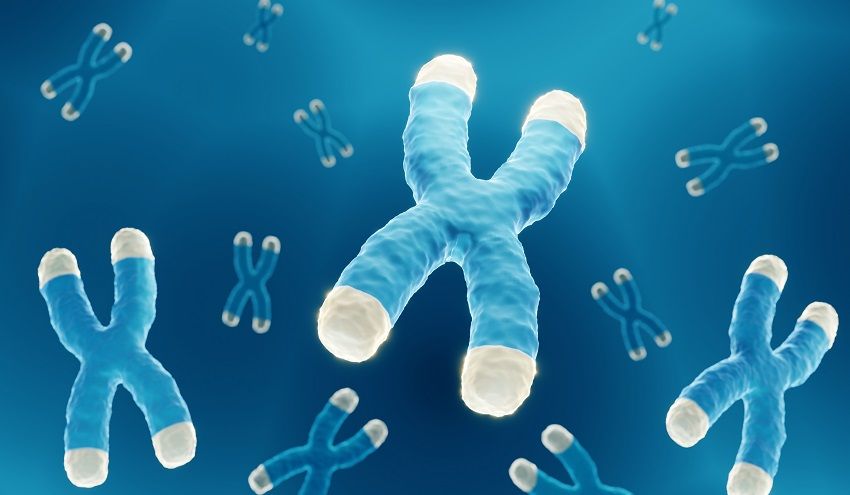Although rodents are the primary animal model commonly used for biomedical research, nonhuman primates (NHPs) are viable for aging studies. Primates exhibit aging with significant similarities to the elderly. The most typical primate models of aging include the rhesus monkey, the gray mouse lemur, and the common marmoset. CD BioSciences can provide telomere length measurement services for aging studies in common NHP samples, which involve collecting NHP samples and analyzing telomere length.
Our Services of NHP Sample Telomere Length Measurements
We are a leading aging research biotechnology company specializing in telomere length testing. Our goal is to assist scientists in obtaining telomere length information. Over the years, we have earned the trust of our clients by performing complex telomere length analyses on a wide variety of samples with the highest quality and exceptional level of customer service.
Our telomere length measurement methods
Our telomere length testing services for NHP samples utilize comprehensive measurement methods to accurately assess telomere length dynamics. We employ techniques such as terminal restriction fragment (TRF), quantitative polymerase chain reaction (qPCR), and fluorescence in situ hybridization (FISH) to provide precise and reproducible measurements, facilitating in-depth exploration into the interactions of telomere length and aging in NHP samples.
Types of telomere length measurements
Depending on the client's research needs, we measure telomere length in triplicate for each sample. Our telomere length testing services are flexible and can be tailored to measure relative telomere length and average telomere length in NHP samples.
Types of NHP Species We Can Measurement
In addition to the NHP species listed below, our clients can also prepare samples to be sent to us for measuring.

- Cynomolgus monkey (Macaca fascicularis)
- Rhesus monkeys (M. mulatta)
- MMarmoset (Callithrix jacchus)
- Chimpanzee (Pan troglodytes)
- Gorilla (Gorilla gorilla)
- Orangutan (Pongo pygmaeus)
- Olive baboon (Papio anubis)
- Gray mouse (Microcebus)
Sample Types and Requirements
We provide telomere measurement solutions for different NHP samples, with specific sample requirements in the table below.
| Sample types |
Quantity |
Requirements |
| Blood |
> 3 mL |
EDTA anticoagulation tube collection, invert, and mix. |
| Saliva |
> 2 ml |
Use a commercial saliva collection kit and rinse the mouth before collection. |
| Cells |
> 106 cells |
Remove the culture medium and freeze in liquid nitrogen. |
| Tissues |
> 500 mg |
Divide into 50 mg size, quick-frozen in liquid nitrogen. |
| DNA |
> 1 μg |
No pollution and no residue. Concentration ≥ 20 ng/μL |
Applications of NHP Sample Telomere Length Measurements in Aging Studies
- We use telomere length testing to facilitate longitudinal aging studies in non-human primates, enabling our clients to monitor telomere dynamics over extended periods. Our longitudinal data can contribute to understanding the effects of aging on cellular function, health span, and lifespan in NHP populations, offering insights into the aging process across different stages of life.
- We also use telomere length as potential biomarkers of aging and longevity in non-human primates. By evaluating telomere length in NHP samples, researchers can explore the relationship between telomere dynamics and lifespan, identifying potential biomarkers associated with healthy aging and longevity in primate populations.
CD BioSciences is committed to providing quality service and continually strives for improvement. We welcome you to contact us at any time and raise your needs or concerns through our contact forms. All feedback will be addressed and evaluated, and technical support will respond as soon as possible.
All of our services and products are intended for preclinical research use only and cannot be used to diagnose, treat or manage patients.





